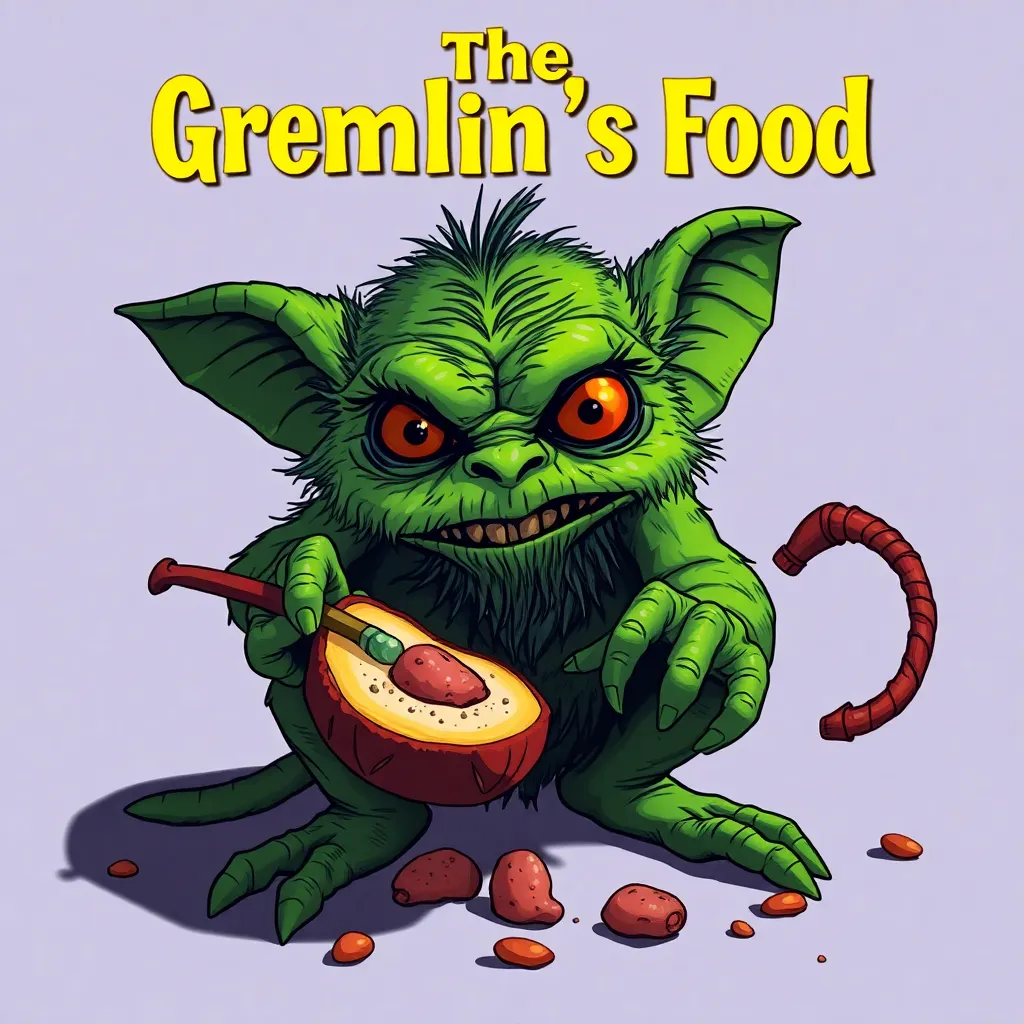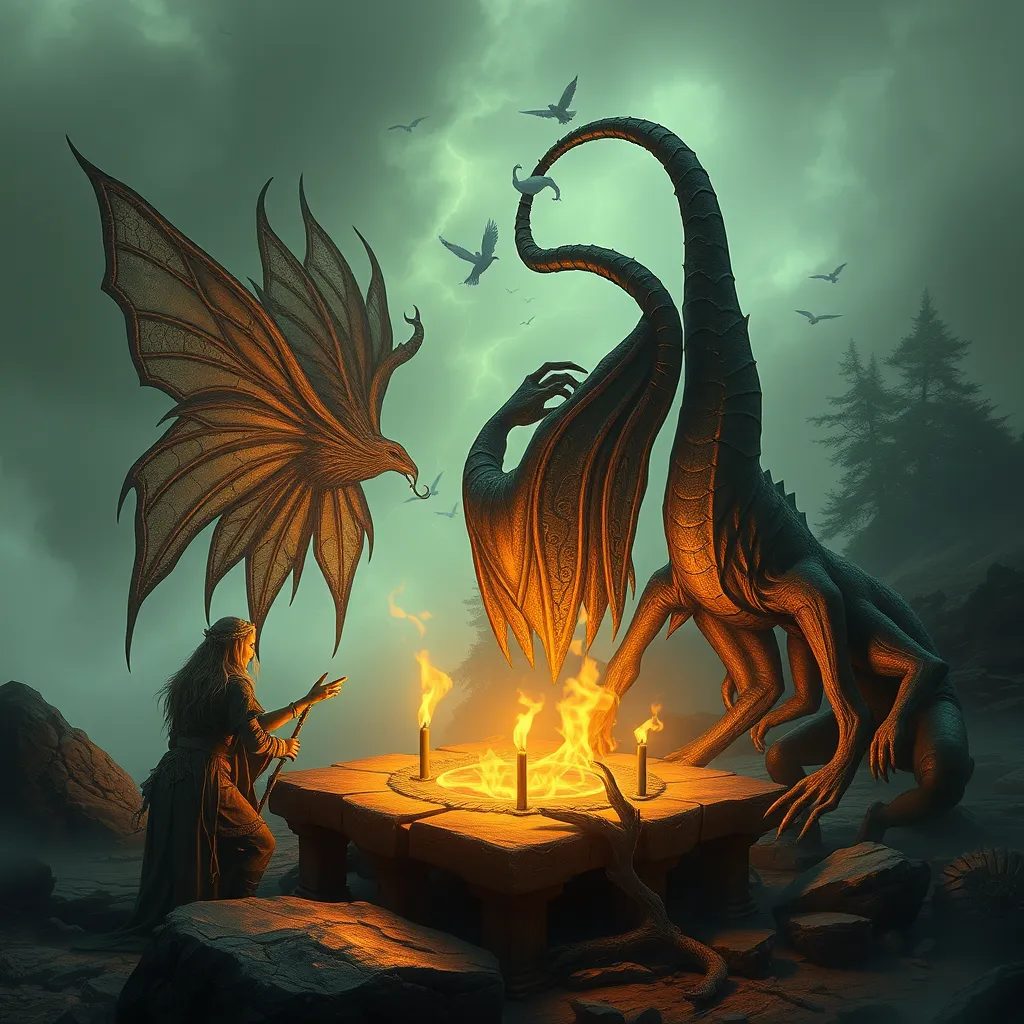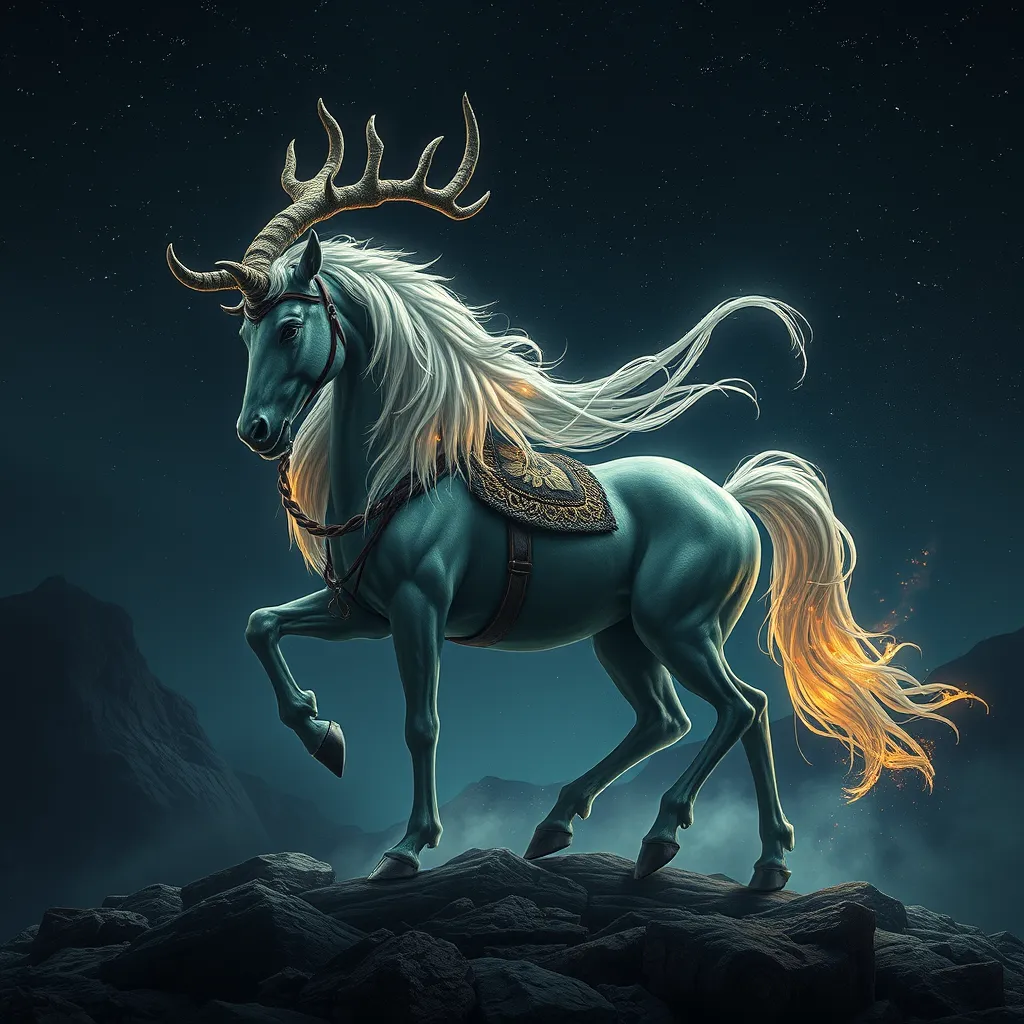The Mayan Night: A Deep Dive into the Role of Camazotz in Maya Cosmology
I. Introduction
Maya cosmology is a complex and intricate framework that shapes the understanding of the universe for the Maya civilization. It encompasses a rich tapestry of beliefs, creation stories, and deities that illustrate the Maya’s relationship with the cosmos. Among these deities, Camazotz emerges as a particularly fascinating figure, embodying the dual nature of darkness and death.
This article aims to explore the multifaceted role of Camazotz within Maya mythology and cosmology, highlighting his significance as a deity, his mythological origins, and his enduring legacy in contemporary culture.
II. Understanding Maya Cosmology
Maya beliefs about the cosmos are deeply rooted in their understanding of creation and the divine. The universe is seen as a vast and dynamic entity, filled with various layers of existence, including the heavens, earth, and underworld. Central to this belief system are key concepts such as:
- The cyclical nature of time and life
- The importance of celestial bodies, particularly the sun and moon
- The existence of numerous deities who govern different aspects of life
Darkness and night hold particular significance in Maya cosmology. The Maya believed that night was a time of transformation and renewal, where the boundaries between the living and the dead became blurred. This understanding sets the stage for the role of Camazotz as a deity associated with these themes.
III. The Mythological Origins of Camazotz
The name Camazotz is derived from the K’iche’ Maya language, translating roughly to “death bat.” This etymology highlights the symbolic association of Camazotz with bats, which are often seen as harbingers of death and darkness in various cultures. In the Popol Vuh, the sacred text of the Maya, Camazotz is introduced as a formidable creature who plays a pivotal role in the story of the Hero Twins.
Camazotz is depicted as a fearsome being with a bat-like appearance, illustrating the deep connection between this deity and the natural world. Oral traditions and local folklore further enrich the narrative of Camazotz, emphasizing his role as both a protector and a figure of fear.
IV. Camazotz as a Deity of Darkness and Death
Camazotz embodies a duality that is central to Maya beliefs. As a deity of darkness, he represents the unknown and the mysteries of the night. However, he is also a harbinger of death, closely linked to the underworld, known as Xibalba. This relationship signifies that darkness is not merely to be feared but also respected.
Rituals and offerings were often made to appease Camazotz, as the Maya sought to maintain balance and harmony within their world. These rituals included:
- Offerings of food and incense
- Bloodletting ceremonies to honor the gods
- Rituals aimed at ensuring safe passage to the afterlife
V. Camazotz in Art and Iconography
Camazotz’s presence is vividly illustrated in Maya art and iconography. He appears in various forms across pottery, murals, and sculptures, often depicted with bat-like features or in scenes that convey themes of death and the underworld. These artistic representations serve not only as a reflection of Camazotz’s significance but also as a means of communicating the complexities of Maya beliefs.
Some of the prominent features in artistic depictions of Camazotz include:
- Bats with exaggerated features symbolizing power and fear
- Scenes depicting interactions between Camazotz and other deities
- Imagery that connects Camazotz to the cycles of life and death
Moreover, the influence of Camazotz extends beyond the Maya civilization, impacting later Mesoamerican cultures that adopted and adapted his symbolism in their own mythologies.
VI. The Role of Bats in Maya Culture
Bats hold significant ecological and biological roles in the Maya region. They contribute to pest control and pollination, making them essential to the health of the ecosystem. This practical importance is mirrored in the cultural perceptions of bats, which range from fear to reverence.
In Maya culture, bats are often seen as supernatural beings, embodying both the protective and ominous aspects of the night. Camazotz’s connection to bats enhances his role as a deity of darkness, bridging the gap between the natural world and the spiritual realm.
VII. Camazotz and Modern Interpretations
Today, Camazotz continues to resonate within contemporary Maya identity and spirituality. As a symbol of ancestral heritage, he embodies the complexities of life and death, darkness and enlightenment.
Furthermore, Camazotz has found representation in modern media and popular culture, often depicted in literature, film, and art. This ongoing engagement with Camazotz highlights the enduring legacy of Maya mythology and its relevance in contemporary discussions about cosmology.
VIII. Conclusion
In summary, Camazotz stands as a significant figure within Maya cosmology, representing the complexities of darkness, death, and the underworld. His dual nature as both protector and harbinger of death reflects the intricate balance of life and the reverence the Maya held for the mysteries of the night.
The exploration of Camazotz offers valuable insights into the Maya worldview, emphasizing the importance of preserving their mythology and understanding its relevance in a modern context. The complexities of light and darkness remain central themes in indigenous beliefs, reminding us of the rich cultural heritage that continues to shape the identities of the Maya people today.



